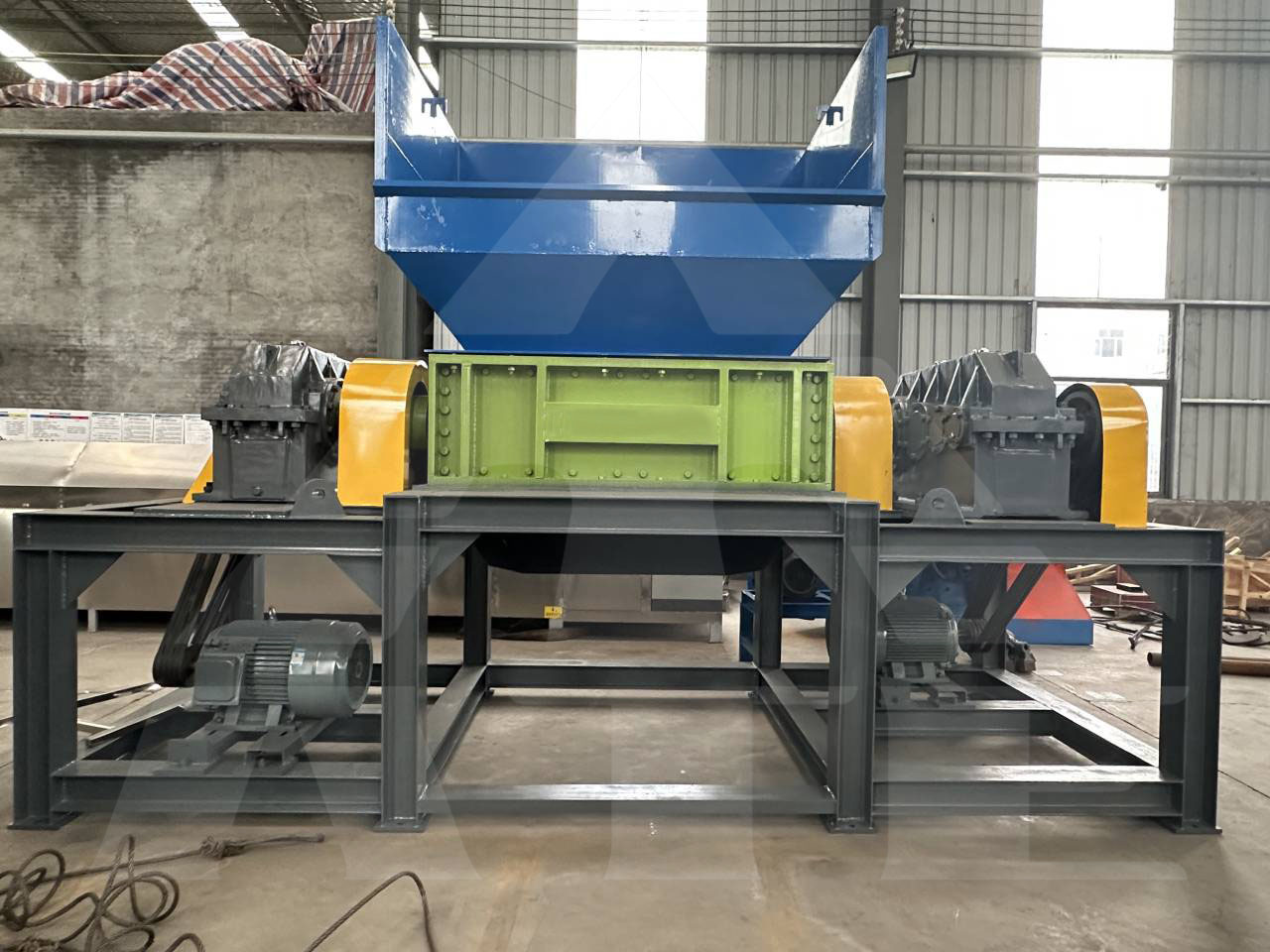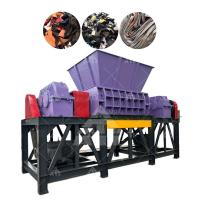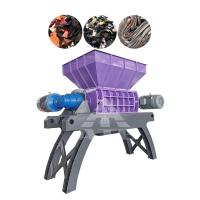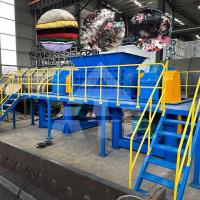The process of crushing waste textiles, cloths and leathers into
energy RDF (Refuse Derived Fuel):
1. Garbage pretreatment:
Classify and screen waste textiles, cloths, leathers and other
wastes to remove impurities and non-organic parts. Put the garbage
into the feed belt conveyor through a grab car or manually, and
transport it to the double-axis shear crusher for primary crushing
(shearing, crushing, tearing).
2. Crushing and drying:
The materials after primary crushing are iron-removed by a
self-unloading iron remover, and then transported to the fine
crusher for secondary crushing to reduce the particle size of the
material and improve the efficiency of subsequent processing. For
materials with high water content, the production line will add
drying or bio-drying links to reduce the water content of the
garbage and improve the calorific value and combustion performance
of RDF.
3. Mixing and molding:
Mix the crushed and dried garbage with appropriate additives (such
as adhesives) to improve the moldability and stability of RDF. The
mixed waste materials are pressed into RDF particles or fuel rods
of a specific shape through molding equipment.
4. Quality inspection:
The quality of the manufactured RDF is inspected, including the
determination of indicators such as calorific value, moisture
content, ash content, etc., to ensure that it meets the relevant
standards and usage requirements.
Finished product display:




















